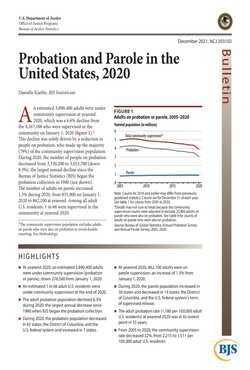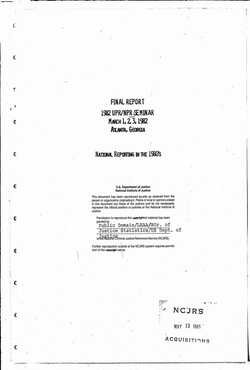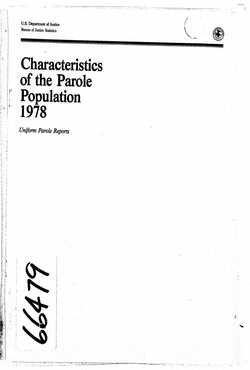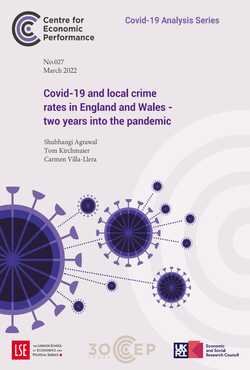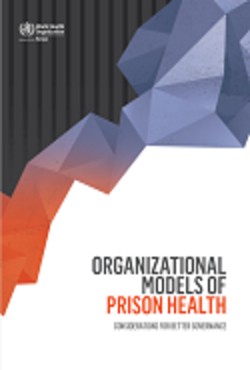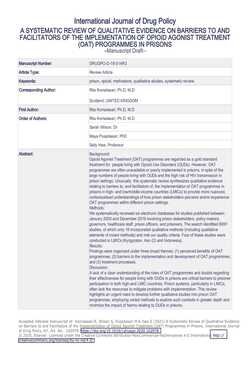By Rose Cahn
On May 19, 2003, Angel Ramirez1 was pulled over while driving home from work. A careful driver, Angel was sure he hadn’t been speeding, but during this “routine stop,” police asked for proof of citizenship. Having none, he was immediately arrested, transferred to immigration custody, and placed in removal proceedings. At the time of his arrest, Angel had lived in the United States for 30 years. He was a well-liked, civically engaged, small-business owner. He and his U.S.-citizen wife had four children together and a fifth on the way. But due to a single marijuana conviction from 1999—when he was 18 and represented by counsel who never told him the lasting immigration consequences of a plea deal—Angel faced losing his family, his business, and the only country he had ever called home. Barred by his conviction from lawful permanent residency and any opportunity for discretionary relief, he faced deportation to Mexico. In August 2008, Maria Sanchez, a long-time lawful permanent resident (“LPR” or “green card” holder), was convicted of growing a marijuana plant in her backyard. Born in Mexico, Maria had lived in the United States for over three decades, raising her children and grandchildren here. Maria suffered from arthritis and turned to the same remedy her mother and grandmother had used: She grew a single marijuana plant, soaked it in rubbing alcohol, and rubbed the alcohol tincture on her painful joints. This was Maria’s first and only arrest. Her public defender got a good deal from a criminal perspective: four months of house arrest. Unbeknownst to Maria, however, that plea was the functional equivalent of signing her own deportation order. Considered an aggravated felony under immigration law, the conviction subjected Maria to mandatory deportation and mandatory imprisonment, with no opportunity for discretionary relief. She suddenly faced the real likelihood of being separated from her family forever.
Oakland, CA: Californians for Safety and Justice, 2019. 148p.












